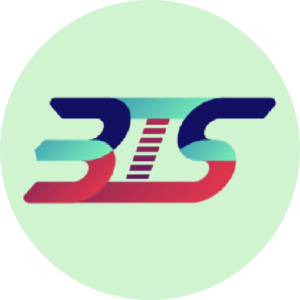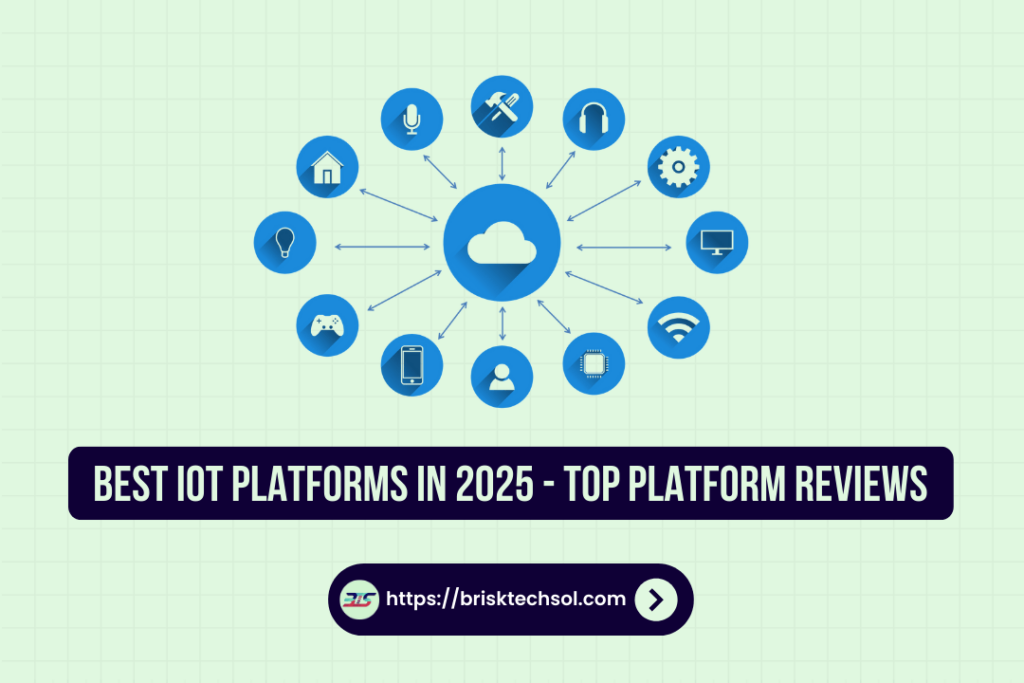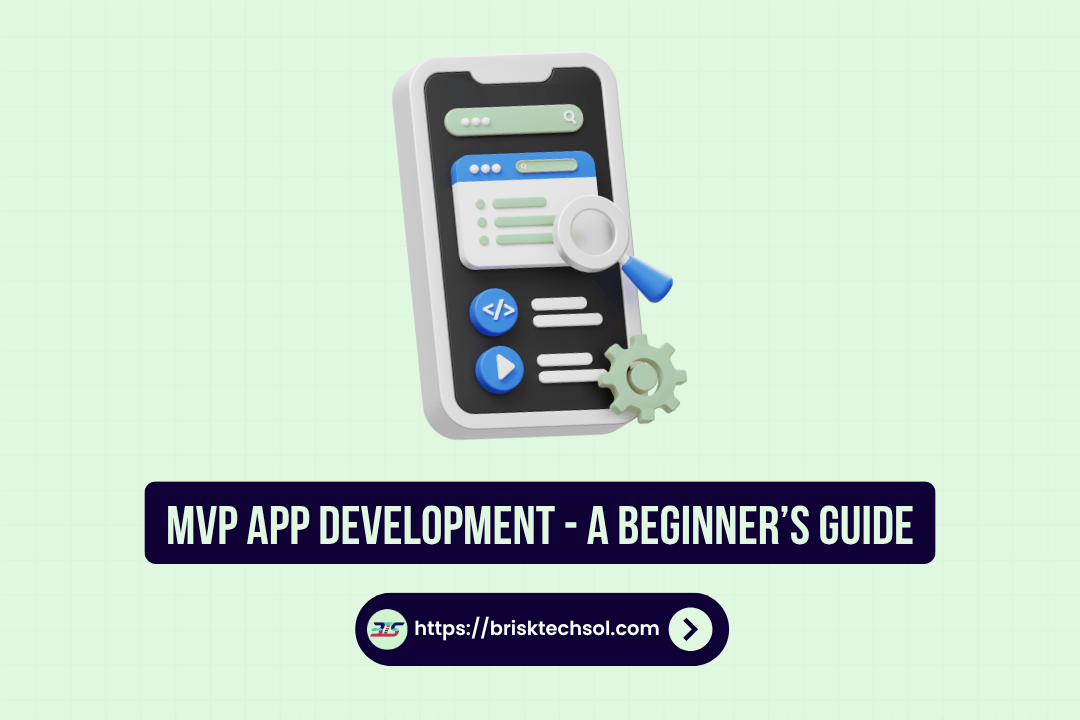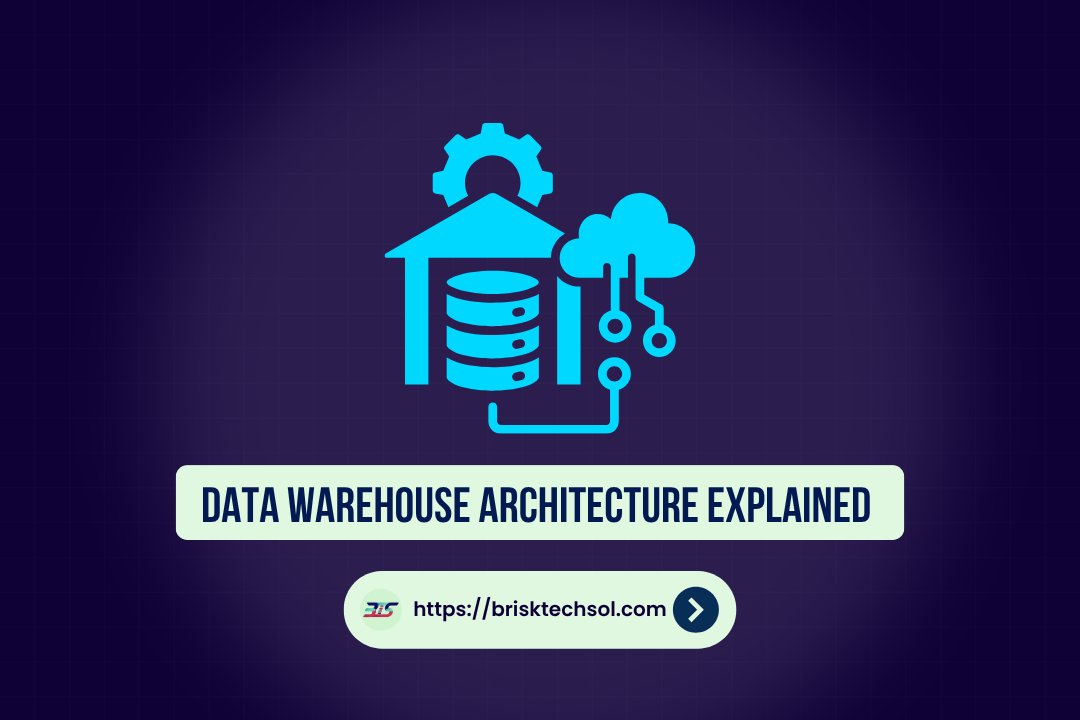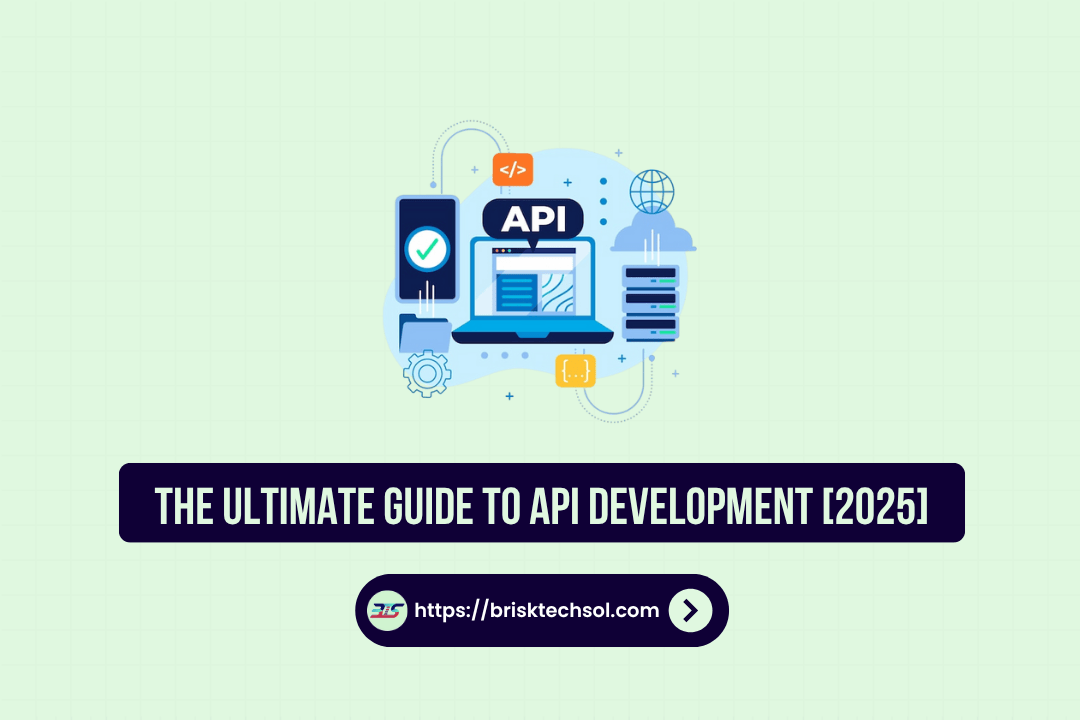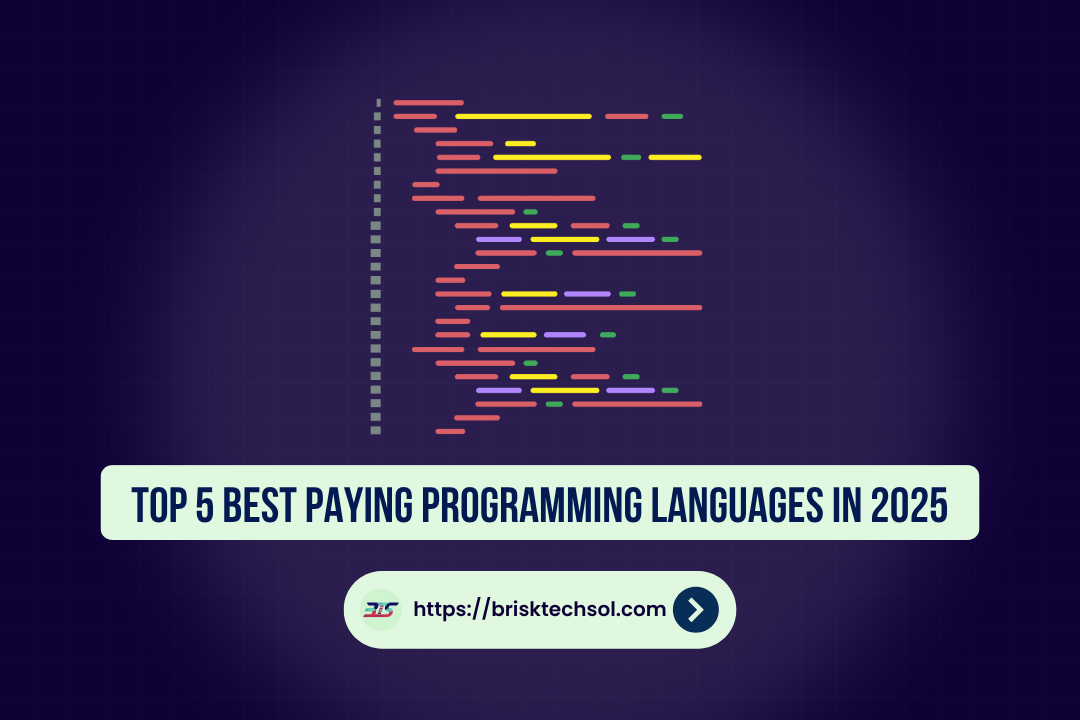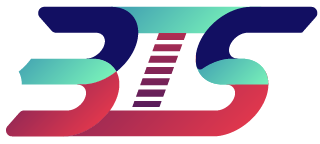What is an IoT Platform?
An IoT platform is a software framework that supports the connection, management, and operation of IoT devices and applications. It serves as the central nervous system for an IoT ecosystem by integrating hardware devices, data transmission networks, cloud storage, and analytic tools. At its core, an IoT platform enables communication between devices (sensors, actuators, embedded systems) and back-end systems where data is processed, analyzed, and acted upon.
These platforms typically provide services such as device provisioning, real-time data streaming, secure communication, remote management, and integration with other enterprise applications. In an age where data is as valuable as the devices themselves, an IoT platform helps ensure that information is not only collected but also transformed into actionable insights.
Core Functions of IoT Platforms
A high-quality IoT platform generally includes the following core functions:
- Device Connectivity and Management: This function enables secure device registration, configuration, and continuous monitoring. Effective device management ensures that devices operate reliably and are updated with the latest firmware or software.
- Data Collection and Processing: IoT platforms gather vast amounts of data from connected devices. They offer real-time data ingestion and storage solutions that can handle high volumes of data with minimal latency.
- Data Analytics and Visualization: Beyond data collection, these platforms provide tools for analyzing and visualizing data. By converting raw data into meaningful insights, businesses can optimize operations, predict maintenance needs, and improve overall efficiency.
- Security and Compliance: Security features such as encryption, authentication, and access control are paramount. Additionally, IoT platforms often comply with international standards like GDPR and ISO 27001 to ensure data privacy and regulatory compliance.
- Integration Capabilities: An effective IoT platform must seamlessly integrate with other business systems, including enterprise resource planning (ERP), customer relationship management (CRM), and cloud-based analytics platforms. This integration enables streamlined data flow and operational efficiency.
- Edge Computing Support: With the increasing need for real-time processing, many IoT platforms now include edge computing capabilities. This allows data to be processed locally on the device or near the source, reducing latency and bandwidth consumption.
The Role of IoT Platforms in Digital Transformation
IoT platforms play a pivotal role in the digital transformation journey of businesses by enabling a connected ecosystem where devices, data, and processes work in harmony. They support innovation by providing a foundation on which new IoT applications can be built, allowing companies to implement smart technologies across various domains such as manufacturing, healthcare, logistics, and smart cities.
By automating routine tasks and providing insights through data analytics, these platforms help organizations optimize operations, reduce costs, and enhance customer experiences.
Key Features to Look for in an IoT Platform
When evaluating IoT platforms, several critical features determine their effectiveness and suitability for your business requirements. This section delves into the features that can make or break your IoT deployment.
Scalability and Flexibility
As IoT ecosystems expand, the volume of connected devices and generated data grows exponentially. A scalable IoT platform must accommodate this growth without compromising performance. Look for platforms that offer:
- Elastic Infrastructure: The ability to automatically adjust resources based on demand.
- Modular Architecture: Support for adding or removing features as your needs change.
- Cloud-Native Solutions: Cloud-based platforms generally offer better scalability by leveraging distributed computing resources.
Connectivity and Protocol Support
The communication protocols supported by an IoT platform are vital because they determine how effectively devices can interact with the system. Essential connectivity features include:
- Wi-Fi and Bluetooth: For short-range communications, ideal for indoor and localized applications.
- Cellular (4G/5G): For applications requiring mobility and wide-area coverage.
- Low-Power Wide-Area Networks (LPWAN): Technologies such as LoRa, NB-IoT, and Sigfox cater to battery-powered devices spread over vast areas.
- Lightweight Protocols: Support for protocols like MQTT (Message Queuing Telemetry Transport) and CoAP (Constrained Application Protocol) ensures efficient data transmission, especially for devices with limited resources.
Data Analytics and Machine Learning Integration
An IoT platform must not only collect data but also make sense of it. Advanced platforms incorporate:
- Real-Time Analytics: Immediate processing of data to allow quick decision-making.
- Historical Data Analysis: Tools to analyze trends and patterns over time.
- Machine Learning and AI: Integration with machine learning frameworks helps in predictive maintenance, anomaly detection, and pattern recognition.
Security and Compliance
Security is one of the top concerns for IoT implementations due to the large attack surface created by multiple connected devices. Key security features include:
- Data Encryption: Both at rest and in transit.
- Authentication and Authorization: Strong mechanisms such as multi-factor authentication and role-based access controls.
- Firmware Security: Regular updates and secure boot processes to protect against vulnerabilities.
- Regulatory Compliance: Adherence to standards such as GDPR, HIPAA (for healthcare applications), and ISO 27001.
Edge Computing Capabilities
Edge computing allows data processing to occur closer to the source rather than relying solely on centralized cloud processing. The benefits include:
- Reduced Latency: Faster decision-making as data is processed locally.
- Lower Bandwidth Usage: Only relevant data is transmitted to the cloud, reducing network congestion.
- Enhanced Reliability: Continued operation during intermittent connectivity.
Integration with Other Systems
For a seamless digital ecosystem, the IoT platform should integrate with:
- Enterprise Applications: Such as ERP, CRM, and supply chain management systems.
- Cloud Services: Integration with cloud storage, analytics platforms, and AI services.
- APIs: Open APIs facilitate customization and integration with third-party services.
User Experience and Management Tools
An often-overlooked aspect is the ease of use and management provided by the platform. A robust IoT platform should offer:
- Intuitive Dashboards: Visual interfaces for monitoring device status and data analytics.
- Remote Management: Tools for updating device firmware, diagnosing issues, and managing configurations remotely.
- Developer Support: Comprehensive documentation, SDKs, and community forums to support development and troubleshooting.
Best IoT Platforms in 2025 – In-Depth Comparison
In this section, we analyze some of the top IoT platforms in 2025. Each platform has its own strengths, making it suitable for different types of applications and industries.
AWS IoT Core
Overview:
AWS IoT Core is a cloud-based IoT platform developed by Amazon Web Services. It provides a highly secure and scalable environment for connecting millions of devices. With deep integration into the AWS ecosystem, this platform is well-suited for enterprises that need to leverage advanced analytics and machine learning.
Key Features:
- Device Connectivity: Supports multiple protocols such as MQTT, HTTP, and WebSockets.
- Edge Computing: AWS Greengrass allows for local data processing, ensuring low latency.
- Security: Provides robust security features including device authentication, encryption, and access control.
- Machine Learning Integration: Seamlessly integrates with Amazon SageMaker, enabling predictive analytics and anomaly detection.
- Analytics and Data Processing: AWS IoT Analytics and integration with Amazon Kinesis provide real-time data processing capabilities.
Use Cases:
- Industrial automation
- Smart home applications
- Supply chain management
Pros:
- Highly scalable architecture suitable for large enterprises.
- Deep integration with a suite of AWS services.
- Comprehensive security features.
Cons:
- Can be cost-prohibitive for smaller businesses or startups.
- Requires expertise in AWS for optimal configuration and management.
Microsoft Azure IoT Hub
Overview:
Microsoft Azure IoT Hub is a comprehensive platform that supports both device-to-cloud and cloud-to-device communication. Known for its strong integration with other Microsoft products, Azure IoT Hub is ideal for businesses already invested in the Microsoft ecosystem.
Key Features:
- Device Management: Offers robust device registration, monitoring, and remote management capabilities.
- Digital Twins: Enables the creation of digital replicas of physical assets for simulation and predictive maintenance.
- Security: Implements advanced security measures, including X.509 certificate-based authentication.
- Integration: Seamlessly integrates with other Azure services such as Azure Machine Learning, Power BI, and Dynamics 365.
- Scalability: Designed to handle large-scale deployments with a focus on industrial IoT applications.
Use Cases:
- Industrial IoT applications
- Smart building management
- Healthcare monitoring systems
Pros:
- Excellent integration with Microsoft’s enterprise tools.
- Comprehensive support for digital twins.
- Strong focus on security and compliance.
Cons:
- Steeper learning curve for organizations new to Azure.
- Complex pricing models can be challenging to navigate.
Google Cloud IoT
Overview:
Google Cloud IoT is an AI-powered IoT platform designed for real-time analytics and machine learning integration. It excels in processing large data volumes and extracting actionable insights through advanced analytics.
Key Features:
- Real-Time Data Ingestion: Utilizes Cloud Pub/Sub to manage data streams efficiently.
- Advanced Analytics: Leverages BigQuery and Google’s AI/ML models for real-time insights and historical analysis.
- Edge Computing: Supports integration with Google Edge TPU for on-device AI processing.
- Security: Implements industry-standard encryption and secure device authentication methods.
- Scalability: Built to handle vast numbers of devices and high-frequency data transmission.
Use Cases:
- Smart city applications
- Fleet management and logistics
- Retail analytics and customer engagement
Pros:
- Powerful analytics and machine learning capabilities.
- Robust infrastructure designed for high scalability.
- Seamless integration with other Google Cloud services.
Cons:
- Complexity may be challenging for organizations not already using Google Cloud.
- Requires substantial technical expertise for customization.
IBM Watson IoT
Overview:
IBM Watson IoT is an enterprise-grade IoT platform that emphasizes security, data analytics, and AI-driven automation. It is designed to support critical applications in sectors such as healthcare, finance, and manufacturing.
Key Features:
- Blockchain-Enhanced Security: Uses blockchain technology to secure data and ensure device integrity.
- Real-Time Analytics: Provides advanced data processing capabilities to monitor device performance and detect anomalies.
- AI and Automation: Integrates with IBM Watson’s AI tools for predictive maintenance and operational insights.
- Edge Capabilities: Supports edge computing to allow for localized data processing and faster response times.
- Integration: Connects seamlessly with IBM Cloud and other enterprise systems.
Use Cases:
- Healthcare device management
- Financial transaction monitoring
- Industrial automation and predictive maintenance
Pros:
- High security, ideal for industries with stringent data protection requirements.
- Strong focus on AI and data analytics.
- Well-suited for complex enterprise environments.
Cons:
- May require significant investment in IBM-specific infrastructure.
- Complexity and cost can be barriers for small-to-medium enterprises.
Siemens MindSphere
Overview:
Siemens MindSphere is a cloud-based industrial IoT platform tailored for manufacturing and smart factory applications. It focuses on optimizing industrial processes through real-time data monitoring and predictive analytics.
Key Features:
- Industrial Connectivity: Designed specifically for industrial applications with robust support for legacy systems.
- Predictive Maintenance: Uses advanced algorithms to predict equipment failures and reduce downtime.
- Scalability: Provides a flexible, scalable platform for both small installations and large industrial deployments.
- Data Integration: Connects with various industrial devices, sensors, and automation systems.
- Security: Emphasizes industrial-grade security protocols to safeguard critical infrastructure.
Use Cases:
- Manufacturing process optimization
- Energy management in factories
- Predictive maintenance in heavy machinery
Pros:
- Tailored for industrial and manufacturing environments.
- Excellent for predictive maintenance and real-time monitoring.
- Integrates well with existing industrial control systems.
Cons:
- Primarily focused on industrial use cases; may not be ideal for non-industrial applications.
- Implementation complexity can be high for organizations with limited industrial IoT experience.
Comparison Overview
Below is a table summarizing the key features and best-use scenarios for each IoT platform discussed:
| Platform | Best For | Key Features | Notable Drawbacks |
|---|---|---|---|
| AWS IoT Core | Large Enterprises; Smart Homes; Industrial Automation | Secure connectivity; Edge computing (AWS Greengrass); ML integration (SageMaker) | Higher cost; Requires AWS expertise |
| Azure IoT Hub | Industrial IoT; Enterprises with Microsoft Ecosystem | Digital twins; Comprehensive device management; Strong security features | Steep learning curve; Complex pricing models |
| Google Cloud IoT | AI-driven applications; Smart Cities; Logistics | Real-time analytics (BigQuery, Cloud Pub/Sub); Advanced ML integration | Complexity for non-Google users; Requires technical expertise |
| IBM Watson IoT | Healthcare; Finance; Critical Industrial Applications | Blockchain security; Real-time analytics; AI-driven automation | Higher implementation cost; Complexity in enterprise environments |
| Siemens MindSphere | Manufacturing; Smart Factories; Industrial Automation | Predictive maintenance; Industrial-grade connectivity; Integration with legacy systems | Primarily industrial focus; High implementation complexity |
How to Choose the Right IoT Platform
Selecting the best IoT platform for your organization involves a careful evaluation of several factors. Here are the key considerations to guide your decision-making process:
Industry-Specific Requirements
Different industries have unique demands. For instance:
- Manufacturing and Industrial: Platforms like Siemens MindSphere are designed to handle heavy machinery, real-time monitoring, and predictive maintenance.
- Healthcare: Platforms such as IBM Watson IoT focus on secure data handling and compliance with regulatory standards.
- Retail and Smart Cities: Google Cloud IoT’s powerful analytics and machine learning capabilities can handle the diverse data streams common in these sectors.
Scalability and Flexibility
Consider how the platform can scale as your business grows:
- Evaluate whether the platform supports incremental device additions without a significant overhaul.
- Check if the solution provides a modular architecture that allows you to add features as needed.
- Understand the pricing model, whether it is subscription-based, usage-based, or a combination, and assess how it fits your projected growth.
Security and Compliance
Security is paramount in IoT implementations:
- Ensure that the platform offers end-to-end encryption, secure device authentication, and regular firmware updates.
- Verify that the platform complies with industry-specific regulations such as GDPR, HIPAA, or ISO standards.
- Evaluate the vendor’s track record in addressing vulnerabilities and providing timely updates.
Integration Capabilities
An effective IoT platform should integrate seamlessly with your existing IT infrastructure:
- Look for platforms that offer open APIs and robust SDKs.
- Assess compatibility with other enterprise applications such as ERP, CRM, and data analytics tools.
- Consider the ease of integrating cloud storage solutions and third-party services to ensure a unified ecosystem.
Support and Community
Vendor support can significantly impact the implementation and ongoing management of an IoT solution:
- Evaluate the quality and availability of customer support.
- Check if the platform has an active developer community, detailed documentation, and training resources.
- Consider the availability of professional services to assist with large-scale deployments or troubleshooting complex issues.
Total Cost of Ownership
Beyond initial setup costs, evaluate the total cost of ownership:
- Consider hardware, software licensing, and ongoing maintenance expenses.
- Factor in potential costs related to scalability, such as data storage fees and increased connectivity expenses as your device count grows.
- Analyze whether the platform’s benefits in operational efficiency and predictive maintenance justify the overall investment.
Challenges in Implementing IoT Platforms
While IoT platforms offer significant benefits, organizations must navigate several challenges during implementation.
Security Vulnerabilities
- Data Breaches: With numerous devices connected to a single platform, the risk of unauthorized access increases. Securing every entry point is a complex task.
- Firmware and Software Updates: Ensuring that all devices remain updated with the latest security patches requires a robust management strategy.
- Third-Party Integrations: Integrating with external systems and services can introduce vulnerabilities if not managed correctly.
Connectivity and Network Issues
- Network Reliability: In remote or challenging environments, maintaining stable connectivity for IoT devices can be problematic.
- Bandwidth Constraints: As the number of devices increases, so does the demand on network bandwidth, potentially leading to data bottlenecks.
- Latency Concerns: For applications requiring real-time data processing, even minimal delays can impact performance and operational efficiency.
Integration with Legacy Systems
- Compatibility Issues: Many organizations still rely on legacy systems that are not designed for seamless integration with modern IoT platforms.
- Data Silos: Legacy systems may create data silos, limiting the ability to achieve a unified view of operations.
- Cost of Integration: Upgrading or replacing legacy systems to integrate with an IoT platform can be costly and time-consuming.
High Implementation and Operational Costs
- Initial Investment: The cost of hardware, software licenses, and professional services can be significant.
- Ongoing Maintenance: Continuous monitoring, updates, and scaling can lead to high operational expenses.
- Skill Gap: Finding skilled personnel to manage and operate IoT platforms remains a challenge for many organizations.
Keytakeaways
Key Takeaways:
- Core Role of IoT Platforms:
IoT platforms act as the central framework for connecting, managing, and analyzing data from a wide range of devices, essential for digital transformation. - Essential Functions:
They provide secure device connectivity, real-time data collection and processing, robust analytics, and integration with enterprise systems, ensuring seamless operations. - Critical Features to Consider:
Look for scalability, flexibility, support for multiple connectivity protocols, advanced data analytics and machine learning integration, strong security, and edge computing capabilities. - Leading Platforms Compared:
The article details major platforms AWS IoT Core, Microsoft Azure IoT Hub, Google Cloud IoT, IBM Watson IoT, and Siemens MindSphere—each with unique strengths suited to different industries and use cases. - Challenges in IoT Implementation:
Key hurdles include managing security vulnerabilities, ensuring network reliability, integrating with legacy systems, and controlling high implementation and operational costs. - Decision-Making Considerations:
Choosing the right platform requires evaluating industry-specific needs, scalability, security, integration capabilities, vendor support, and total cost of ownership.
FAQ’S
1. Which IoT platform is best suited for large enterprises?
AWS IoT Core and Microsoft Azure IoT Hub are popular among large enterprises due to their scalability, robust security features, and deep integration with advanced analytics and AI services.
2. How do IoT platforms ensure data security?
Most leading platforms implement strong encryption protocols, secure authentication methods, regular firmware updates, and often adhere to regulatory standards such as GDPR and ISO 27001 to protect data.
3. Can IoT platforms integrate with existing enterprise systems?
Yes, many IoT platforms offer open APIs and integration tools that allow them to seamlessly connect with ERP, CRM, and other enterprise applications, creating a unified digital ecosystem.
4. What role does edge computing play in IoT platforms?
Edge computing enables data processing to occur closer to the source, reducing latency, lowering bandwidth usage, and allowing for real-time decision-making—especially critical in time-sensitive applications.
5. How are future trends like AI and 5G expected to impact IoT platforms?
As AI and 5G become more integrated, IoT platforms will benefit from improved predictive analytics, faster data transmission, enhanced automation, and overall increased operational efficiency.

